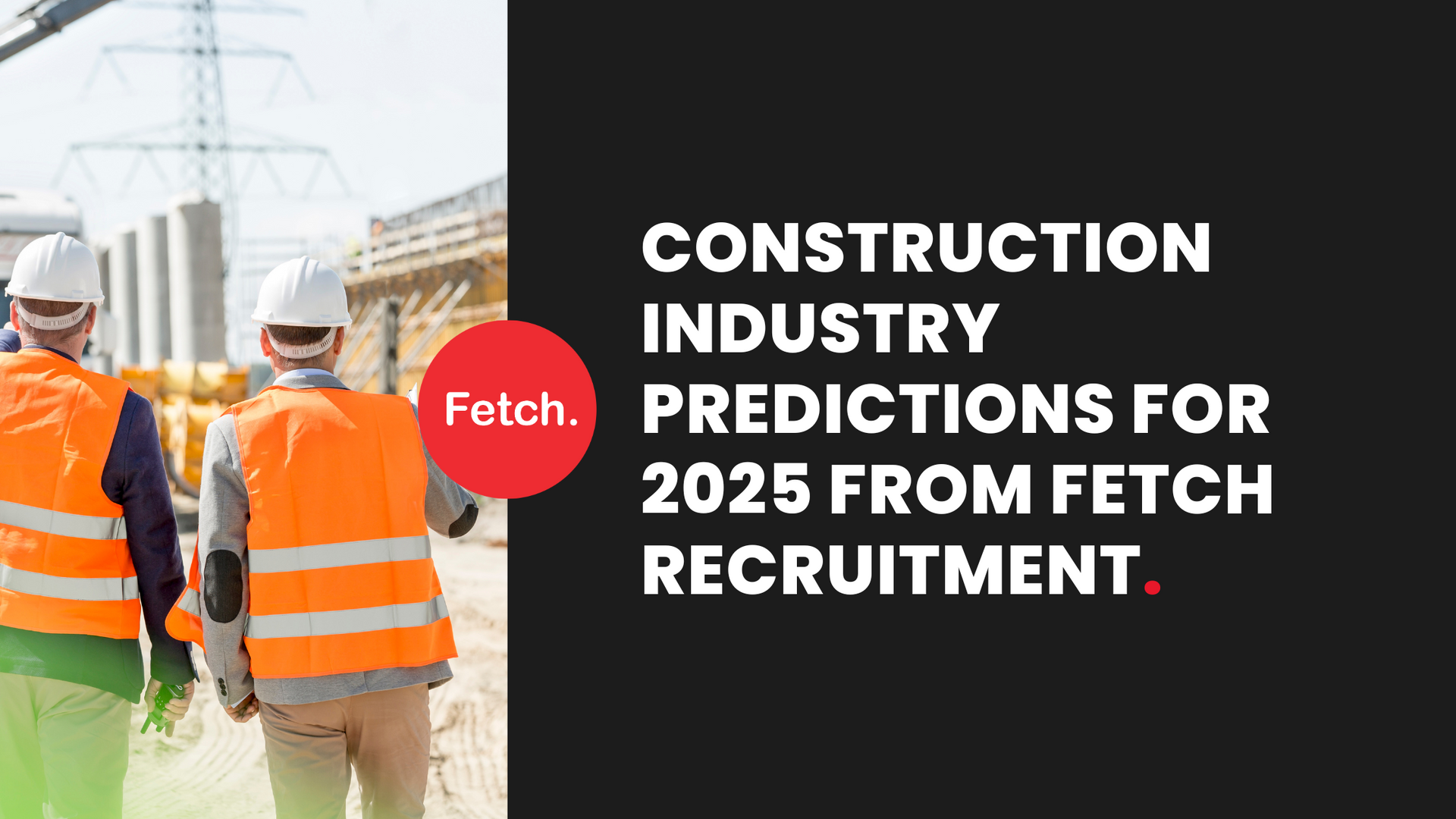
Share This Article
Australia’s construction industry enters 2025 with a sense of cautious optimism. Despite challenges such as high inflation, rising costs, and a cash rate of 4.35% that have slowed growth, there are signs of resilience. Government investment continues to provide stability, with early-stage project activity showing positive movement throughout 2024. This steady momentum lays a more stable foundation as the sector navigates the complexities of the new year.
As the industry adapts to ongoing shifts, key trends are emerging that will define the landscape in 2025. From addressing the housing crisis to navigating skills shortages and embracing new technologies, the construction sector is preparing for significant change. Here are the critical trends and predictions to watch in 2025:
1. Residential Construction Faces New Challenges
Residential construction continues to play a central role in Australia's construction sector, but it faces growing uncertainty. The First Home Guarantee Scheme helped 34% more first-time homebuyers in the 2023-24 financial year compared to the previous year, yet this surge has not translated into a nationwide increase in building approvals. For example, Queensland and South Australia have seen increases in building approvals, but New South Wales and Victoria have experienced declines.
Recent data indicates a worrying trend, with residential building approvals falling 3.6% in November 2024, and private sector houses down by 1.7%. Despite the ongoing demand for new homes, the total number of homes approved in November was only 15,000 - far below the 21,000 needed monthly to meet the National Housing Accord's target of 1.2 million new homes by 2029. As the construction industry grapples with these numbers, it raises the question: Can the industry meet the housing crisis head-on, or is it facing a permanent gap between demand and supply?
Key stat: Residential construction remains a dominant force but is facing a significant slowdown in approvals.
Insight: To stay ahead of these shifts, clients should adapt by revisiting project timelines and ensuring a proactive approach to navigating approval delays.
What innovative strategies are you using to accelerate approvals or overcome regional building hurdles? Share your thoughts below.
2. Skills Shortages and the Shift Toward Renewables
The ongoing skills shortage remains one of the greatest challenges for the construction industry. Thousands more will also need to be trained in other trades, with the nation’s 277,872 building industry workforce needing to surge to 361,175 to sustain the construction volumes necessary for the boom.
As the sector shifts from traditional transport infrastructure projects to the emerging renewables and clean water sectors, the demand for specialised skills has never been more pressing. This transition is not just about volume; it’s about a change in the type of expertise required. The shift from transport infrastructure to projects like desalination plants and renewable energy installations (wind and solar) is creating a gap in skills. While overseas workers have been key in fulfilling skilled roles since COVID-19, many of the professionals brought in have focused on transport infrastructure, and their expertise is not easily transferable to the renewable energy sector.
Key Stat: The transition from transport to renewable projects is expected to place additional strain on recruitment efforts in 2025, especially in niche roles.
Insight: To stay ahead of the curve, clients should look to invest in cross-training programs and target international talent with renewable energy expertise. Upskilling local workers and recruiting for niche roles will help fill gaps and maintain project momentum.
3. Social Infrastructure Growth: Hospitals and Schools
While transport infrastructure projects slow down, the social infrastructure sector remains robust. Government investment in healthcare, education, and other public services ensures continued opportunities in this area.
Key Stat: Government spending on social infrastructure projects is projected to increase by 15% in the next 5 years, driven by ageing populations and the need for more sustainable healthcare and education facilities.
Insight: Construction firms should focus on growing expertise in the social infrastructure space, with a particular emphasis on healthcare and education projects. By aligning with government priorities, businesses can access a steady stream of projects.
4. Easing Construction Costs
After years of rising material and labour costs, the construction industry is beginning to stabilise. Supply chain disruptions are easing, and inflationary pressures are subsiding, offering relief to developers and contractors. However, labour shortages may still maintain upward pressure on wages.
Key Stat: Material costs are expected to stabilise by 2025, providing more predictability for project budgets.
Insight: As material costs level out, developers can better manage budgets and focus resources on innovation and technology adoption. This includes investing in construction tech, automation, and advanced materials, which can reduce waste, enhance efficiency, and maintain profitability. With more predictable costs, businesses can also offer more competitive pricing, reducing risk and attracting new projects.
Key Strategy: To address labour shortages, companies should invest in employee development, workplace flexibility, and automation solutions to boost productivity without compromising quality.
Conclusion: Building for the Future in 2025
As we approach 2025, the built environment is evolving rapidly, with new challenges and opportunities emerging at a fast pace. The skills shortage remains a critical issue, especially as the industry transitions toward more sustainable infrastructure. However, the key to navigating these challenges lies in adaptability—whether through cross-training workers, embracing technology, or focusing on commercial projects.
At Fetch Recruitment, we are dedicated to supporting our clients as they navigate these shifts in the industry. We work closely with businesses to provide the right talent for every stage of a project, ensuring that construction firms are well-equipped to tackle the challenges of the future.
How is your business preparing for these shifts in 2025? Let’s start a conversation and explore how we can help you build a future-proof workforce.


